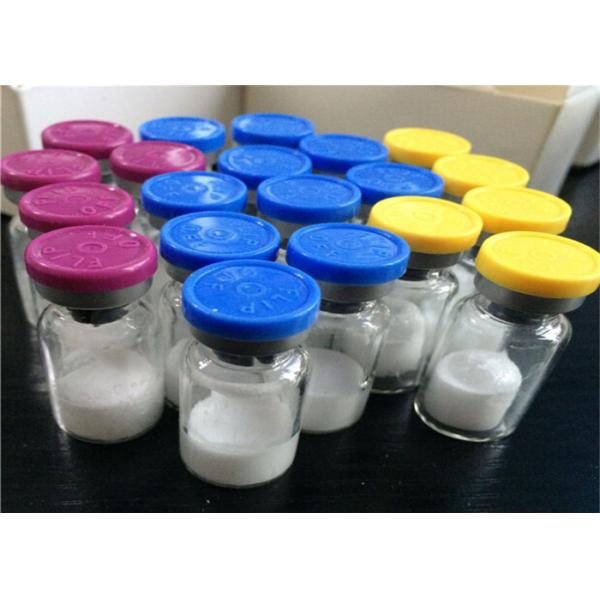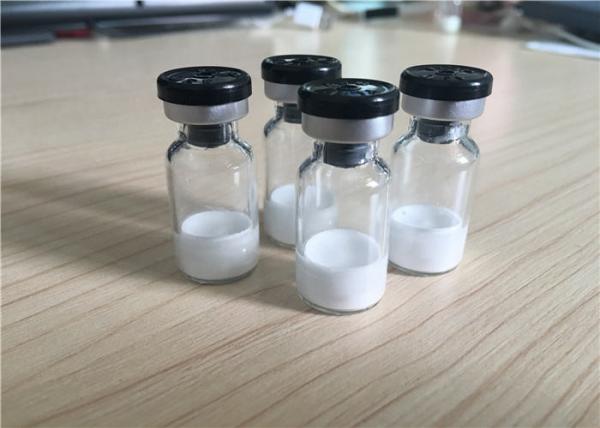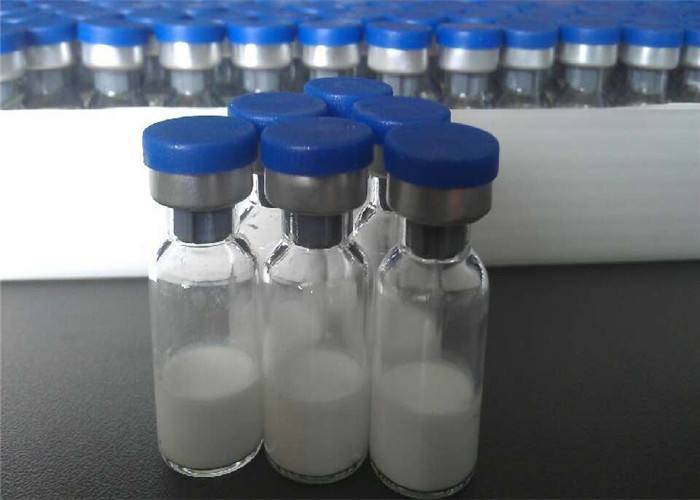Mf: C43h66n12o12s2
Peptide Content (N%): ≥80.0%
Oxytocin :
Oxytocin is a mammalian hormone that acts primarily as a neuromodulator in the brain. Oxytocin is best known for its roles in sexual reproduction, in particular during and after childbirth. It is released in large amounts after distension of the cervix and uterus during labor, facilitating birth, and after stimulation of the nipples, facilitating breastfeeding. The word oxytocin was derived from the Greek word”, meaning quick birth. The oxytocin peptide is synthesized as an inactive precursor protein from the OXT gene.
Oxytocin is a peptide of nine amino acids (a nonapeptide). Its systematic name is cysteine-tyrosine-isoleucine-glutamine-asparagine-cysteine-proline-leucine-glycine-amine (cys, tyr, ile, gln, asn, cys, PRO, leu, gly – NH2, or CYIQNCPLG-NH2). The cysteine residues form a disulfide bond. Oxytocin has a molecular mass of 1007 daltons. One international unit (IU) of oxytocin is the equivalent of about 2 micrograms of pure peptide. The trust-inducing property of oxytocin might help those who suffer from social anxieties and mood disorders, but with the potential for abuse with confidence tricks and military applications.
Application:
Injected oxytocin analogues are used for labor induction and to support labor in case of difficult parturition. It has largely replaced ergometrine as the principal agent to increase uterine tone in acute postpartum hemorrhage. Oxytocin is also used in veterinary medicine to facilitate birth and to stimulate milk release. The tocolyticagent atosiban (Tractocile) acts as an antagonist of oxytocin receptors; this drug is registered in many countries to suppress premature labor between 24 and 33 weeks of gestation. It has fewer side effects than drugs previously used for this purpose (ritodrine).













 Sales Manager
Sales Manager